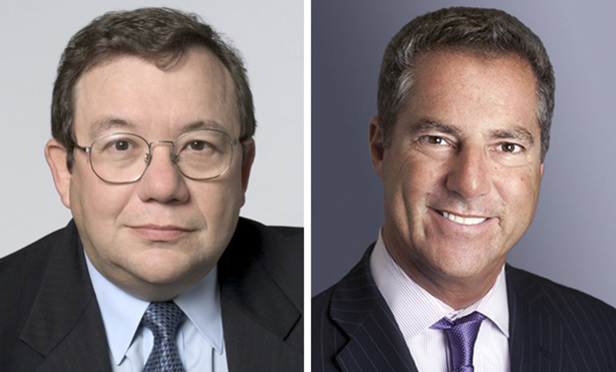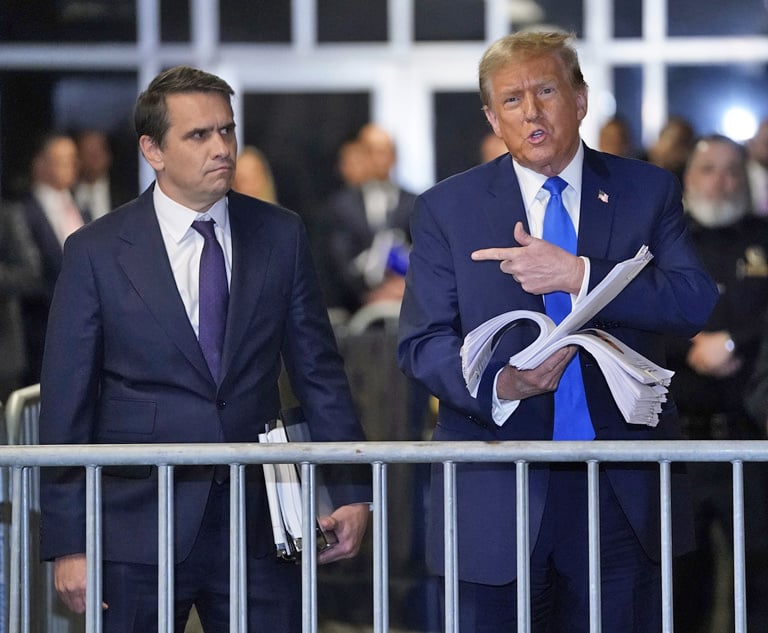Last month, in United States v. Black, the U.S. Court of Appeals for the Second Circuit ruled for the third time in two years that a district judge in the Western District of New York violated a criminal defendant’s Sixth Amendment right to a speedy trial and reiterated that both courts and the government owe an “affirmative obligation” to criminal defendants and the public to bring matters to trial promptly. In a 2-1 decision authored by Judge Rosemary Pooler and joined by Judge Jon O. Newman, the Second Circuit held that a criminal defendant’s right to a speedy trial attaches at the time of the first indictment, regardless of the filing of a superseding indictment. U.S. District Judge Denise Cote, sitting by designation, concurred in part and dissented in part, stating that the Sixth Amendment right to a speedy trial, like the right to counsel, is offense-specific and attaches at the time the superseding indictment is filed for charges that constitute a separate offense.
‘Blockburger v. United States’
The Sixth Amendment provides defendants with the right to a speedy trial as well as the right to counsel. The case law is well-settled that the right to counsel attaches when formal judicial proceedings have been initiated against a defendant, and are offense-specific. See Texas v. Cobb, 532 U.S. 162 (2001). The question of when the right to counsel attaches most frequently arises where both charged and uncharged offenses are involved, and courts evaluating the issue have relied on the Blockburger test, imported from double jeopardy jurisprudence. Id. at 173. Under Blockburger, a single action can result in two distinct offenses if each offense requires proof of an additional fact that the other offense does not. Blockburger v. United States, 284 U.S. 299, 304 (1932). Therefore, when an uncharged offense does not require proof of an additional fact, then the right to counsel is deemed to have attached at the time of the charged offense. The right to counsel is deemed not in play when an uncharged offense requires new proof.


 Martin Flumenbaum and Brad S. Karp
Martin Flumenbaum and Brad S. Karp




